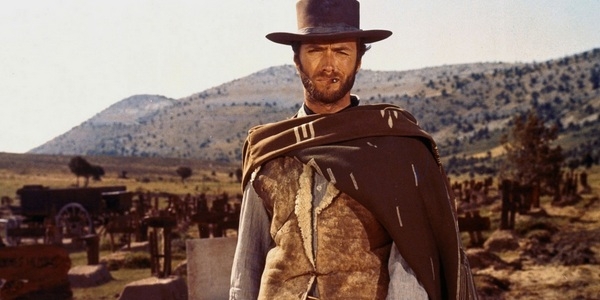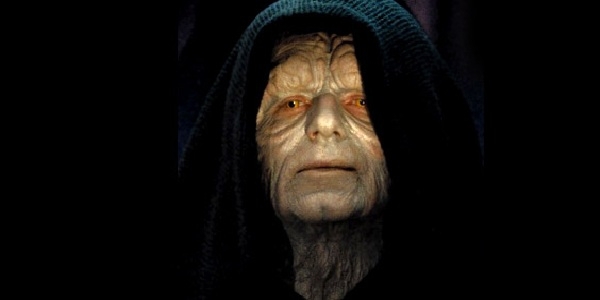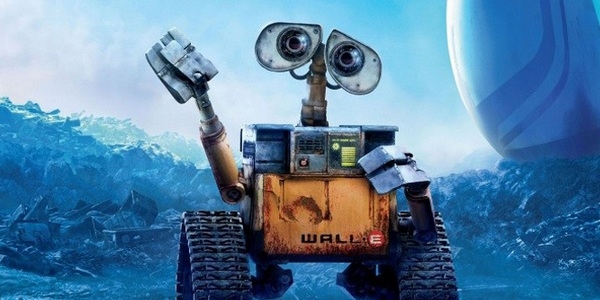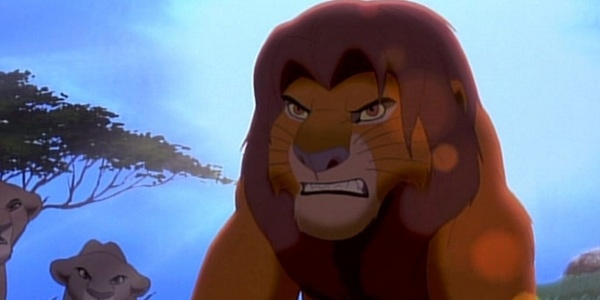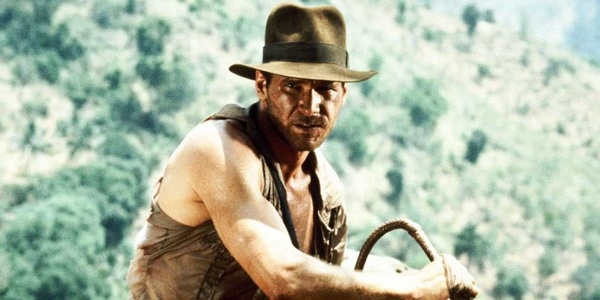1458
5
We all know of films that were total rip-offs from start to finish, but what about when filmmakers get a little more creative and try to hide their plagiarism a little more cleverly? These films, though widely regarded as cinematic classics, are less-known for their blatant pilfering from other works. Though some of the filmmakers have admitted their “influence”, what’s clear in each instance is that the character (and often more than that) has been shamelessly ripped off, while the majority of the film-going audience are none the wiser.
Granted, in most instances the stolen character was put to far better use in the latter project, but it’s still a pretty cheeky way to operate.
Here are 10 movie characters that were blatant rip-offs…
Granted, in most instances the stolen character was put to far better use in the latter project, but it’s still a pretty cheeky way to operate.
Here are 10 movie characters that were blatant rip-offs…
The Man with No Name (The Dollars Trilogy)
The Man with No Name is the unforgettably enigmatic protagonist of Sergio Leone’s superb Dollars Trilogy, comprised of A Fistful of Dollars (1964), For a Few Dollars More (1965) and The Good, the Bad and the Ugly (1966). To be fair, this is one of the more widely-recognised rip-offs on this list, because it’s well-known that A Fistful of Dollars was an unauthorised adaptation of Akira Kurosawa’s 1961 film Yojimbo.
The Man with No Name is the unforgettably enigmatic protagonist of Sergio Leone’s superb Dollars Trilogy, comprised of A Fistful of Dollars (1964), For a Few Dollars More (1965) and The Good, the Bad and the Ugly (1966). To be fair, this is one of the more widely-recognised rip-offs on this list, because it’s well-known that A Fistful of Dollars was an unauthorised adaptation of Akira Kurosawa’s 1961 film Yojimbo.
Though Ming the Merciless in his most memorable capacity (the hilariously campy 1980 film) came after the release of Star Wars (even if Palpatine’s presence was pretty minimal in the original trilogy), the character has been around for the better part of 8 decades in comic strip form. Ming is an evil interplanetary dictator, and though milked for laughs in the cinematic version (played superbly by Max von Sydow), the character is your prototypical space tyrant, a sci-fi Hitler, if you will.
George Lucas has openly admitted that Emperor Palpatine aka Darth Sideous was based on Ming (and to an extent, Darth Vader was as well), but Lucas has pilfered from something so niche that he’s been able to get away with it; the fact that the film version of Flash Gordon shifted the tone to pure silliness means that Lucas gets away with the rip-off pretty much scot free (except for with fans of the Gordon comic).
George Lucas has openly admitted that Emperor Palpatine aka Darth Sideous was based on Ming (and to an extent, Darth Vader was as well), but Lucas has pilfered from something so niche that he’s been able to get away with it; the fact that the film version of Flash Gordon shifted the tone to pure silliness means that Lucas gets away with the rip-off pretty much scot free (except for with fans of the Gordon comic).
One of the first things people started saying about Andrew Stanton’s superb film WALL-E even before it came out was how familiar the titular robot protagonist looked. Many online commentators noted his visual resemblance to Johnny-5 from the 1980s Short Circuit movie series, given that both machines run on treads, have a similar body shape, and have eyes that resemble binoculars. It seems as clear as day that this was the inspiration, though Stanton vociferously refutes the claim that he stole anything; he notes that his primary inspiration was Pixar’s own lamp design, and, aptly so, a pair of binoculars.
It’s widely known that The Lion King is an adaptation of Hamlet, but did you know that Disney also sought to rip-off a little-known Japanese cartoon for good measure? Displaying a brazen lack of regard for the original, Disney barely even changed the character in question; Simba from The Lion King is derived from a character called Kimba from Kimba: The White Lion, a character who had been around in manga form for over 4 decades before The Lion King showed up.
George Lucas openly admits that the Indiana Jones franchise is indebted to the adventure serials of the early-to-mid 20th century, but this seems to be a clever ploy to stop us from discovering the real plagiarism, that Indiana Jones is not the original character we all assumed he was.
The 1954 Charlton Heston-starring film Secret of the Incas features Heston playing a character who looks remarkably like Jones, with the signature black leather jacket and hat. Even the costume designers for Raiders of the Lost Ark admit that they watched Incas during production, and were surprised that it didn’t end up being credited with the influence.
The 1954 Charlton Heston-starring film Secret of the Incas features Heston playing a character who looks remarkably like Jones, with the signature black leather jacket and hat. Even the costume designers for Raiders of the Lost Ark admit that they watched Incas during production, and were surprised that it didn’t end up being credited with the influence.
Source:


